If most people had the career that Rita Marley did, they would be a well-known name. But when your husband was an icon like hers was, it’s not too surprising that she’s flown a little under the radar.
However, we’re a big believer in highlighting talented people, especially if they’re women under the gigantic shadow of a man. And Marley is one talented lady: she’s a singer, songwriter, and businessperson who had a key part in the success of Bob Marley and the Wailers as a backup singer and support for her legendary husband.
So, if you’re excited about the upcoming Bob Marley biopic and want to go in knowing all about the important figures in his life, then read on to find out who is Rita Marley, the late Bob Marley’s wife.
Rita Marley’s early life
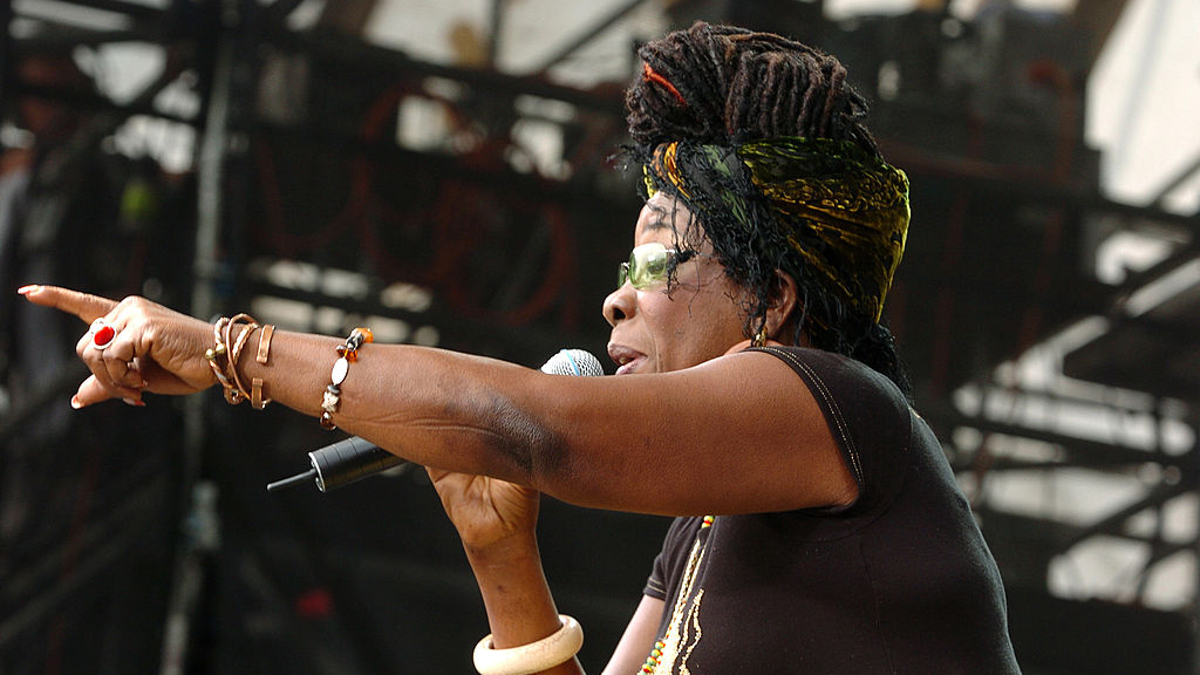
Born Alfarita Constantia Anderson, Rita came into this world on Jul. 25 1946. She was born in Santiago de Cuba, on the southern Cuban coast, about as far away from the capital Havana as possible. Rita and her family moved to Kingston, Jamaica when she was just three months old. There her parents separated, and she was raised in the neighborhood known as Trenchtown by her Aunt Viola.
The only source for information about her early life is her well-regarded 2004 autobiography No Woman No Cry: My Life with Bob Marley. Her childhood and teen years were marked by poverty, but life with Aunt Viola was relatively stable.
A burgeoning singing career and meeting the love of her life
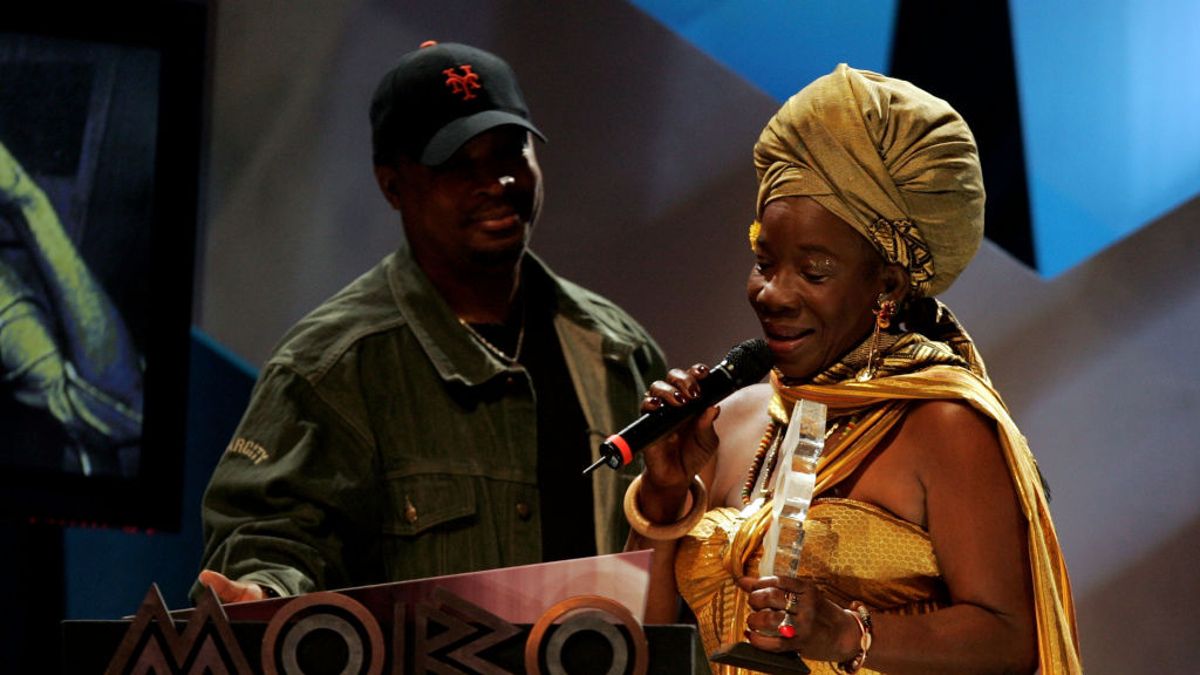
In the early sixties Rita and her cousin Constantine founded a band named the Soulettes. They mostly covered rocksteady tunes, and took to gigging across Kingston. In 1964, she gave birth to Sharon, who was later adopted by Bob.
The Soulettes eventually managed to get a recording contract for Studio One, where the band was coached by Bob Marley. Fellow musician Peter Tosh introduced the group to the famous singer. After months of working together, Rita and Bob fell in love, and married in Feb. 1966.
Bob briefly went to America but returned later that summer, and it turned out to be a momentous decision. Bunny Wailer, Peter Tosh, and Bob created a label (Wail ‘n’ Soul’m), which would end up releasing a number of records by Bob Marley and the Wailers.
In 1968 Bunny Wailer was jailed for possessing marijuana, so Rita joined the Wailers for a few months and recorded vocals on a number of tracks. The group managed to get in with some important names in the U.S music industry, including Danny Sims and Johnny Nash. Some of the tracks they recorded this time were released under the name Bob, Rita, and Peter instead of the Wailers. Rita mostly sang back up, but provided lead vocals on some songs, including “Play Play Play” and “Lonely Girl” (a duet with Bob).
She gave birth to her first child with Bob (and second overall) in 1967. They named her Cedella.
The I Threes and assassination attempt
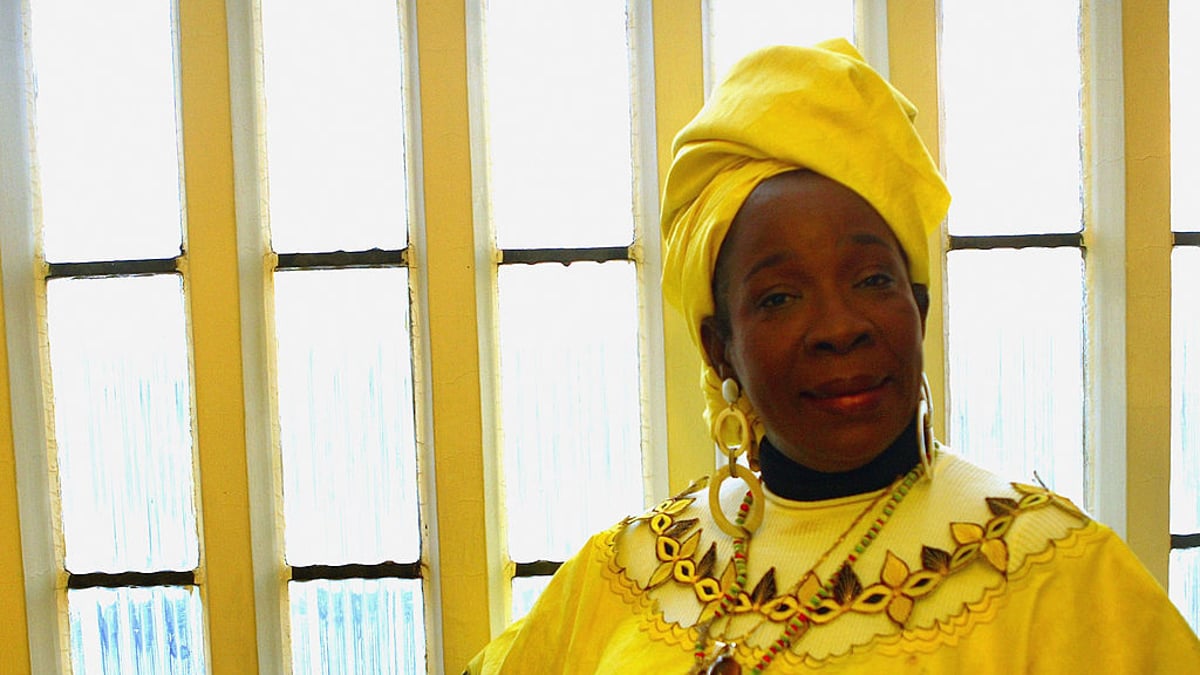
In 1968 Marley gave birth to her and Bob’s second child, Ziggy, after which Bob returned to America to work. Bunny had also been released and rejoined the Wailers, which signalled the end of Bob and Rita singing together for a few years.
Rita gave birth to their third child Stephen in 1972, but there were infidelity issues brewing in the marriage. Rita engaged in an affair with a soccer player named Owen Stewart, which produced a child who was named Stephanie. Bob later adopted her, too.
In 1974 all seemed well again, and Rita and Bob formed a harmony group named I Three. The group combined with the wider Wailers, and ended up making the tunes that brought Marley an international audience, including “No Woman No Cry.”
In December of 1976 Bob and Rita were supposed to appear at the Smile Jamaica concert, which had been organized to promote peace between warring political factions in the country. However, their home was shot up two days prior to the gig, and Rita was shot in the head, while Bob suffered wounds in his chest and arm. Both survived, and Rita even joined her husband on stage two days later at the gig.
Her husband died in 1981, and while many wanted Rita to stay quiet and grieve, she was ready to show the world what she could do.
After Bob
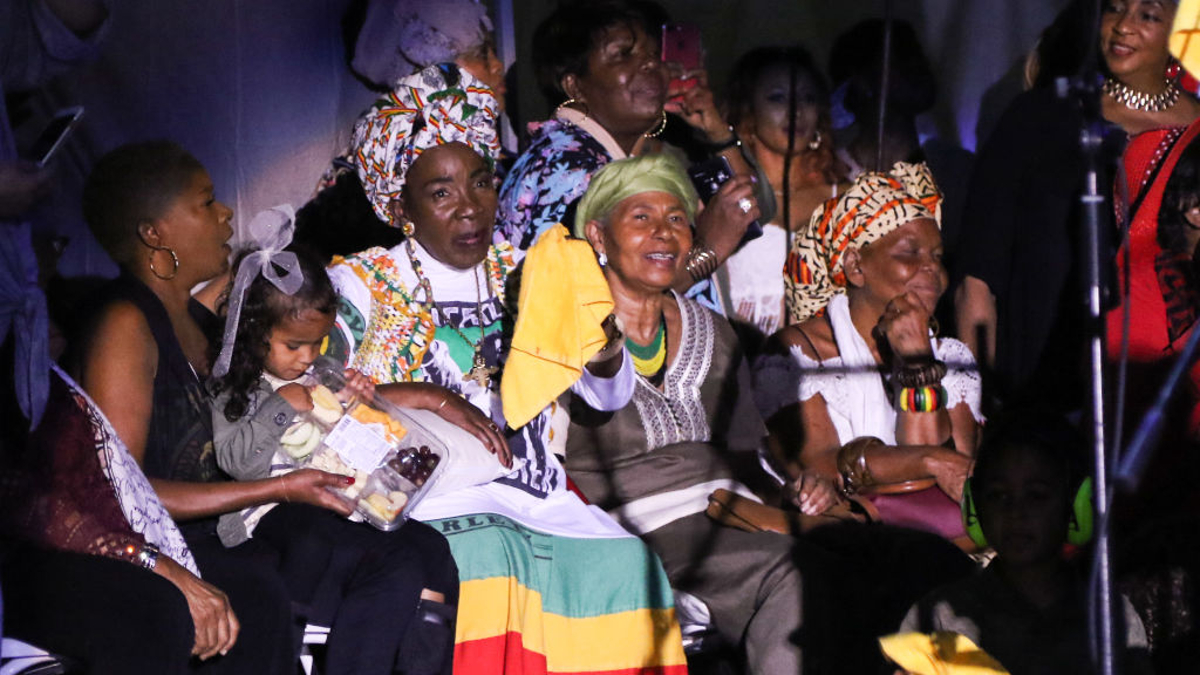
In 1985 Rita had another child with Owen Stewart, who she named Serita.
In 1986 Rita decided to convert Bob’s home into the Bob Marley Museum to honor her husband’s memory. In addition to this, she is the founder and chair of the Robert Marley Foundation, Bob Marley Trust, and a number of other charitable and business organizations that are named for the deceased Reggae star.
Her charitable works were many and varied. She adopted a number of children from Ethiopia, and gave money and resources to children in Ghana, eventually going to live there. In 2013, she was even made an honorary citizen of the country.
Then in 1996, Marley was honored in her native land and given the Order of Distinction by the Jamaican government for her contributions to the culture and music of the country. 23 years later, they also gave her the Order of Jamaica.
In 2000, she created her own foundation (the Rita Marley Foundation), which focuses on ending poverty in developing countries. Since then she’s also been awarded two honorary degrees, one from the University of the West Indies, and one from the University of Fort Hare in South Africa.
While on holiday in Miami in 2016, Rita suffered a stroke. Since then, she’s kept public appearances to a minimum. And, frankly, she’s earned her privacy and rest.
Rita Marley’s Discography
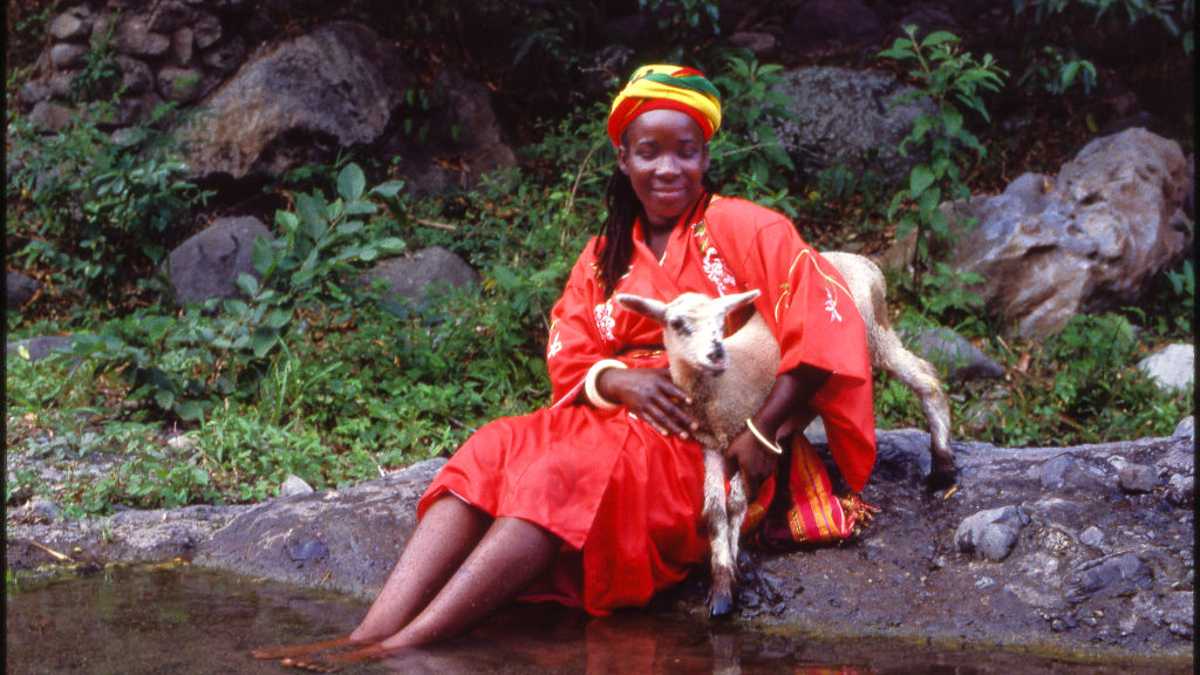
The below list does not contain any Wailers songs on which Rita sang backup.
- 1966: Pied Piper
- 1967: “Pied Piper” (single, on Club Ska ’67)
- 1980: Rita Marley
- 1981: Who Feels It Knows It
- 1982: “Harambe (Working Together for Freedom)”
- 1986: “Beginning” – I-Three
- 1988: We Must Carry On
- 1990: Beauty of God’s
- 1990: Good Girls Culture
- 1990: One Draw
- 2003: Sings Bob Marley…and Friends
- 2004: Play Play
- 2005: Sunshine After Rain
- 2006: Gifted Fourteen Carnation

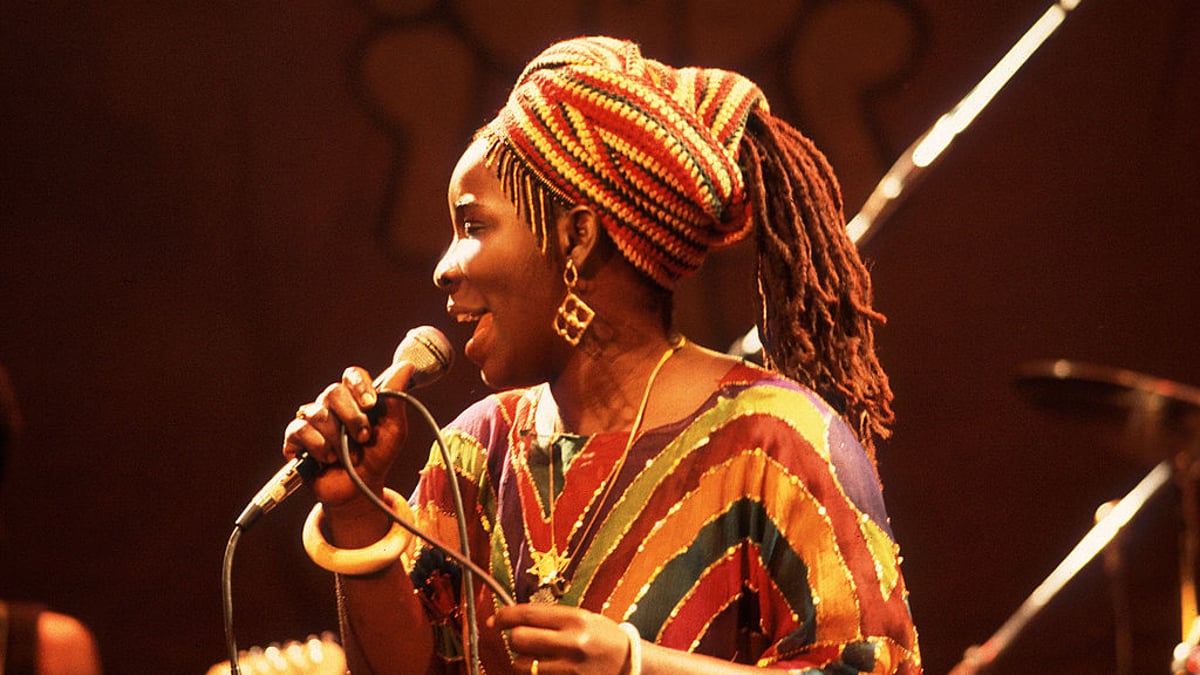


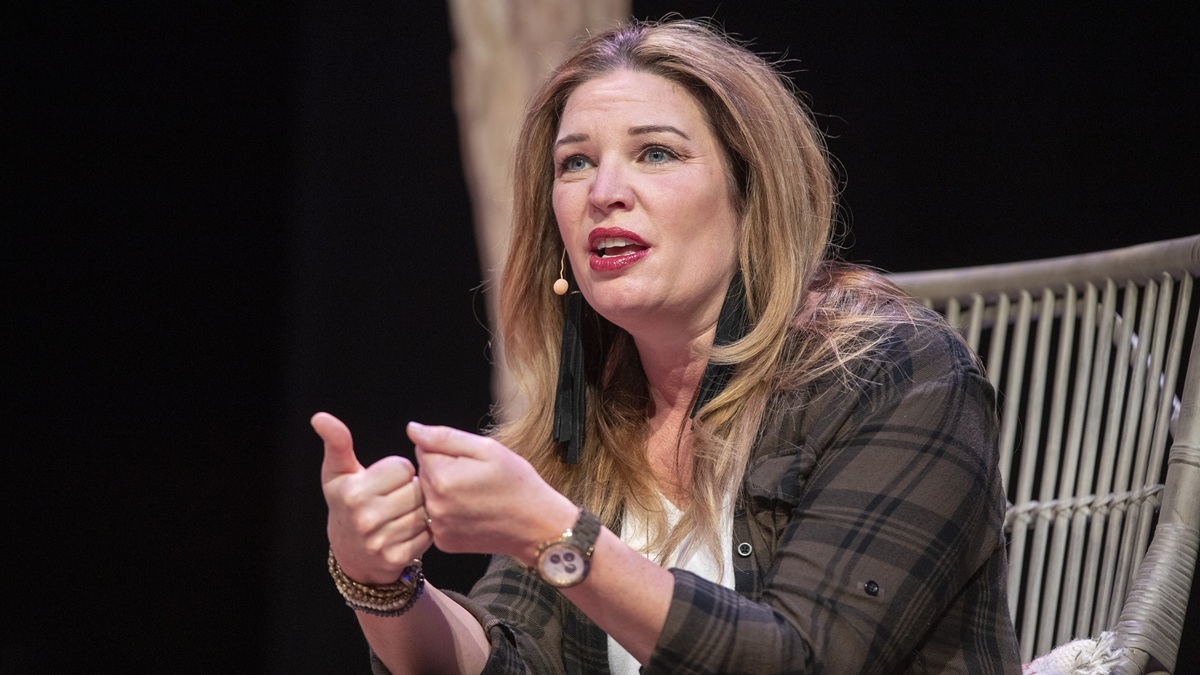





Published: Dec 5, 2023 03:33 pm